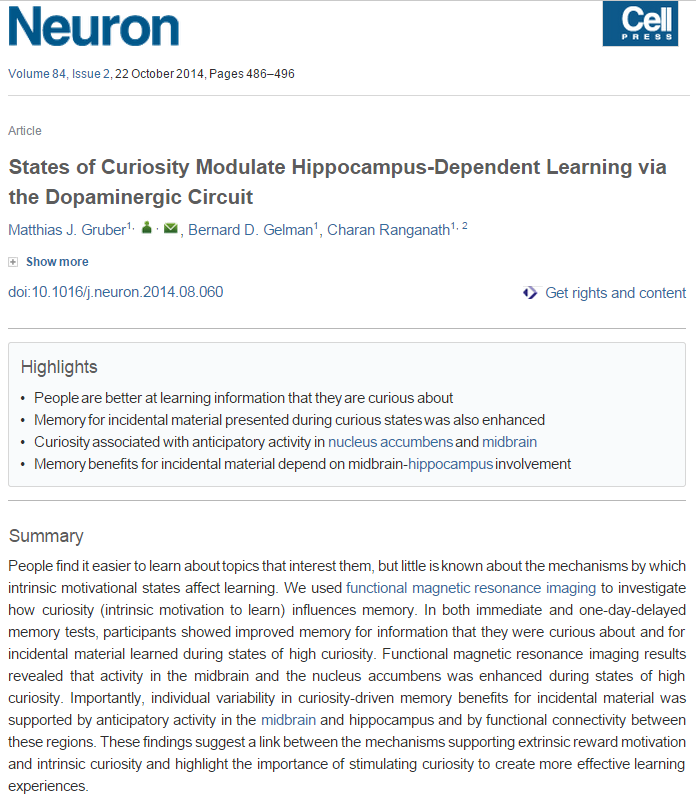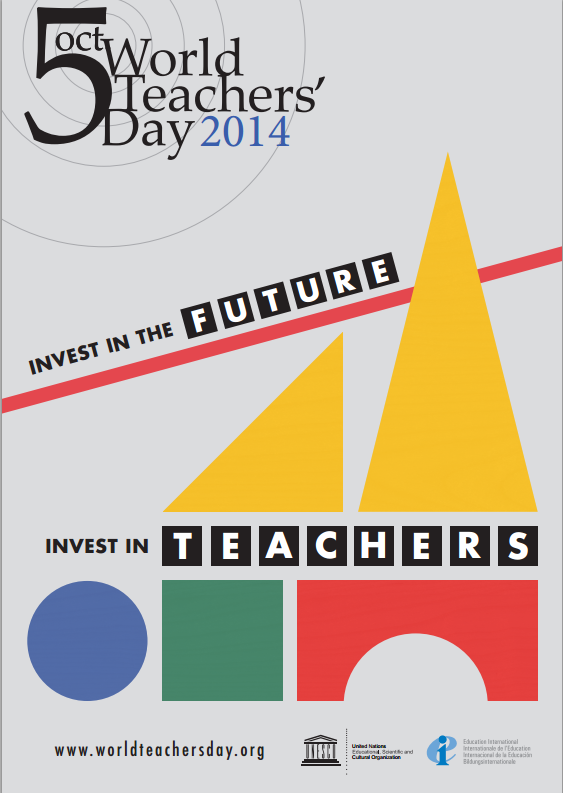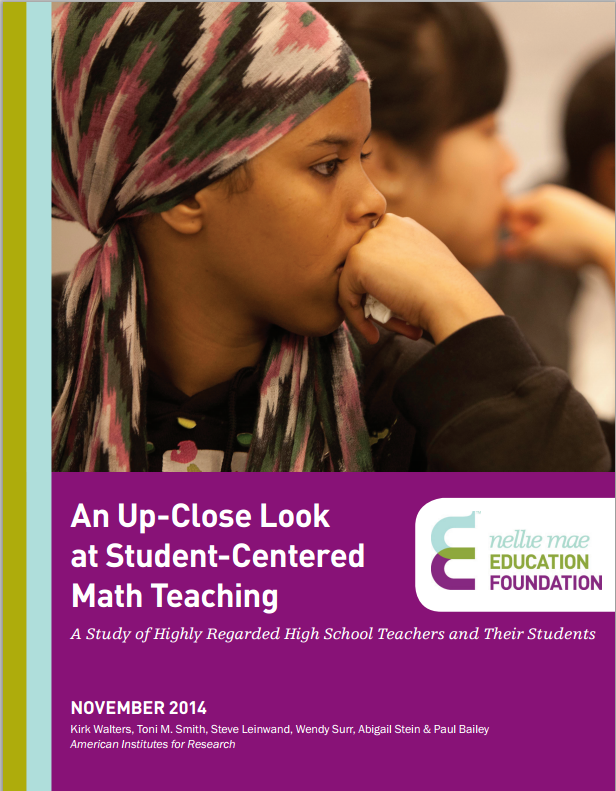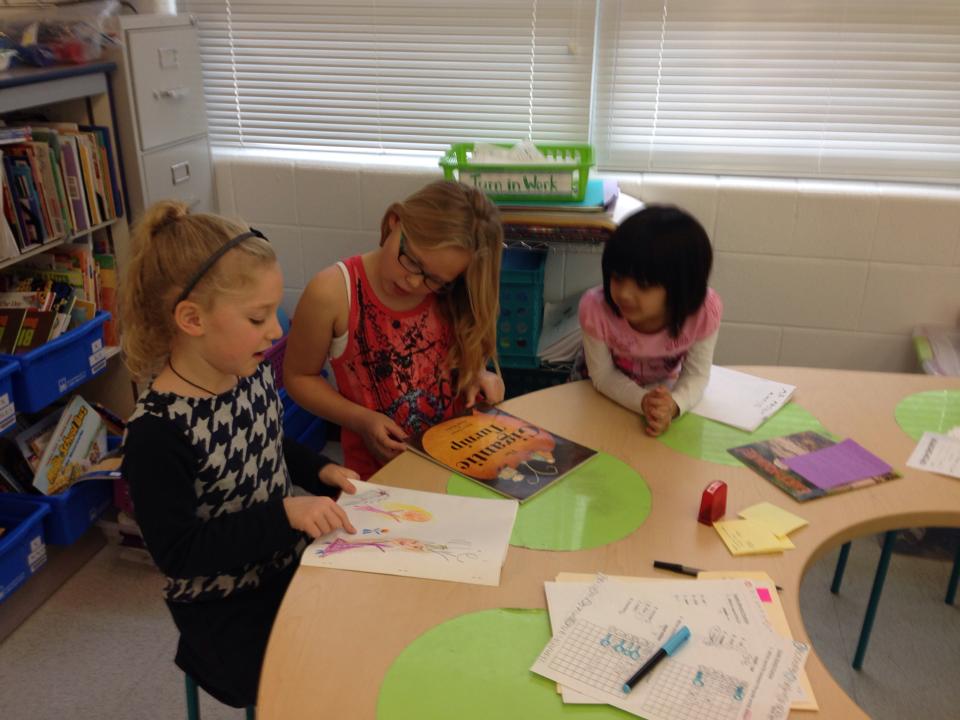Another year almost over and what do we have to show for it?
By Joy Rizal Another year is almost over. And we still face the same old issues, from text books not being delivered until the last part of the school year (if at all), to school instructors and school heads that refuse to report (or make written reports regarding) health, safety or corruption issues. After all, as one DepEd school head (principle) so quaintly summed up the situation, "'everyone' knows about the problems why do we need to report it to anyone?" "What you expect of us is unreasonable." With that in mind I would like to leave everyone with some thoughts to consider as we enter into 2015. - The reasonable man adapts himself to the world; the unreasonable one persists in trying to adapt the world to himself. Therefore all progress depends on the unreasonable man. [George Bernard Shaw] -Most of the important things in the world have been accomplished by people who have kept on trying when there seemed to be no hope at all. [Dale Carnegie] -Ide...













